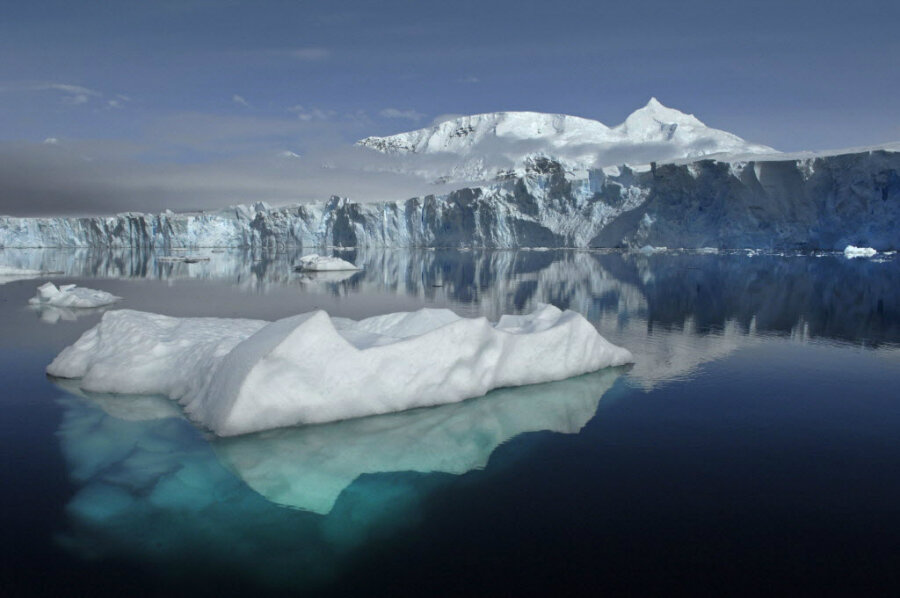The world's largest canyon might be hidden under an Antarctic ice sheet
Scientists say they may have discovered the world’s largest canyon, concealed under a vast Antarctic ice sheet.
A team of researchers led by Britain’s Durham University made the discovery using satellite data, which has shown hints of the canyon. Smaller sections of the chasm were also identified using radio-echo sounding technology, which sent radio waves through the ice to map the canyon’s shape in a remote section of the British Antarctic territory, the university said.
When combined, the data showed “very large features” stretching from the sparsely studied interior of Princess Elizabeth Land to the coast near Vestfold Hills and the West Ice Shelf.
The study appears in the current issue of the scientific journal Geology.
While more precise research would be required for confirmation, the canyon is thought to be more than 600 miles long and up to a half-mile in depth, about as deep at the Grand Canyon but significantly longer, the university said.
The team’s lead researcher, Dr. Stewart Jamieson of the Durham University Department of Geography, said the analysis is the first of its kind in the region and would also help foster a better understanding of climate change consequences.
“It’s astonishing to think that such large features could have avoided detection for so long,” he said. “This is a region of the Earth that is bigger than the UK and yet we still know little about what lies beneath the ice. In fact, the bed of Antarctica is less well known than the surface of Mars. If we can gain better knowledge of the buried landscape, we will be better equipped to understand how the ice sheet responds to changes in climate.”
The team suggests the geography of the landmass now buried beneath the ice sheet was formed by flowing water and may be linked to an immense undiscovered subglacial lake.
The canyon consists of “winding and linear features buried beneath several kilometers of ice,” while the researchers called the East Antarctic region one of the last unexplored landmasses on Earth.
Neil Ross of Britain’s Newcastle University, who co-authored the study, said the recent compilation of satellite data from a variety of governmental organizations, including NASA, allowed for further exploration of the area and its geology.
“Antarctic scientists have long recognized that because the way ice flows, the landscape beneath the ice sheet was subtly reflected in the topography of the ice sheet surface,” Dr. Ross said. “Despite this, these vast deep canyons and potential large lake had been overlooked entirely.”
When the study is concluded, the researchers said they will have a a more conclusive idea of the shape and scope of the canyon.
"If we don't know the shape of the rock bed, we cannot confidently build models that will produce sensible behaviors in the ice," Jamieson told the BBC.
An international team of scientists from the United States, Britain, India, Australia, and China conducted the study. Additional data will be presented later this year.







